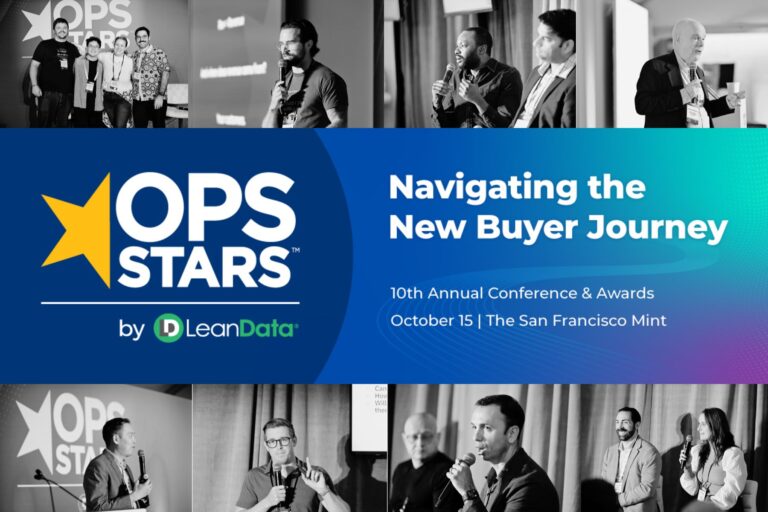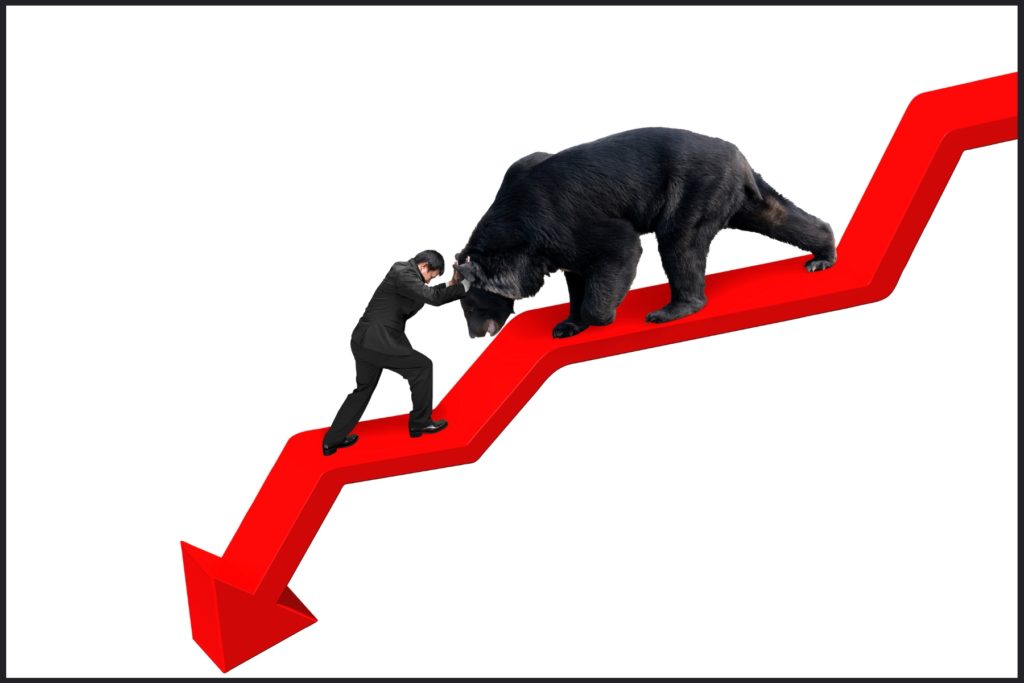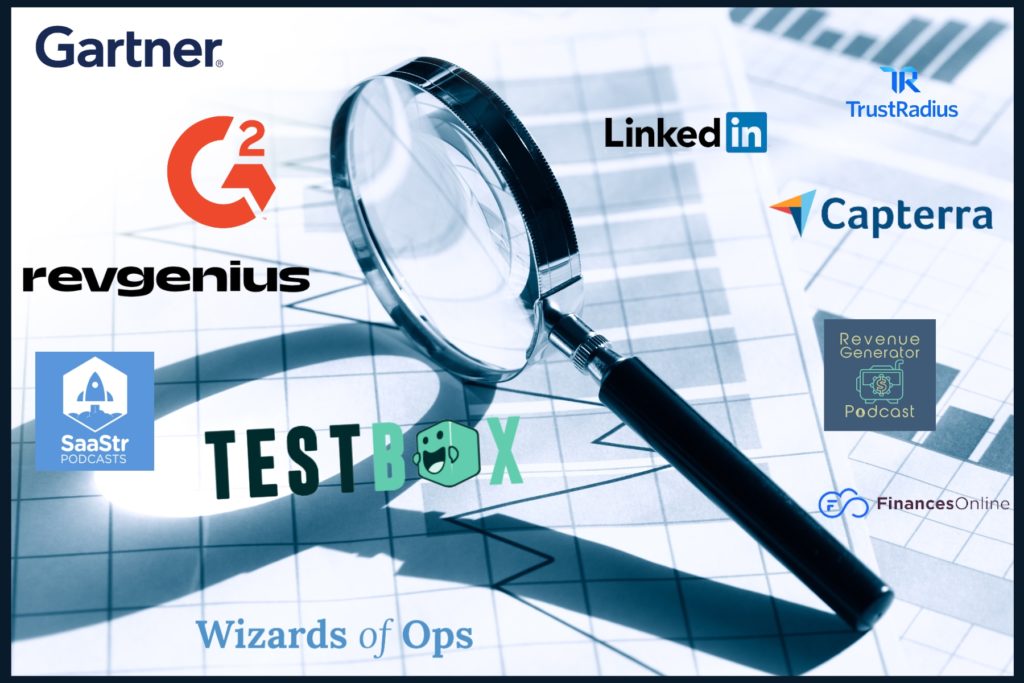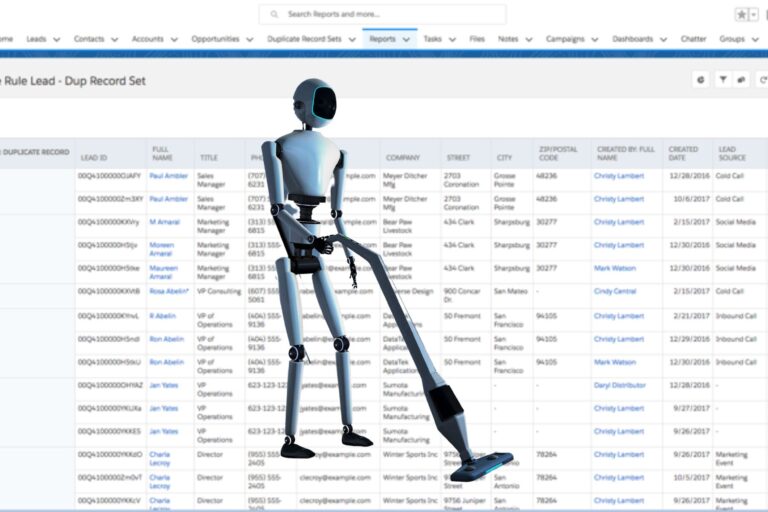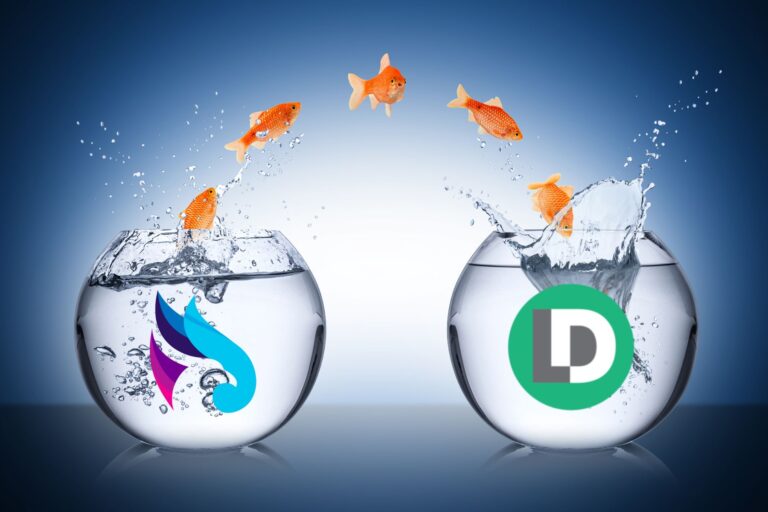The new year is usually a time of inspired resolutions and motivational sales kickoffs, so why the gray cloud of unease hanging over the SaaS industry?

Maybe it’s the 121,000 tech workers laid off during 2022 or the revenue downturns pointing towards the industry’s first recession.
So what can SaaS companies really expect from buyers in 2023? If you Google “2023 SaaS Buying Trends,” in 0.34 seconds you’ll be hit with 1,141,000 results, the majority of which become irrelevant on search page two. With so many predictions and self-serving studies floating around the web, I set out on my own quest to uncover truth from wishful clickbait.
After reading articles and case studies, listening to industry podcasts, skimming LinkedIn articles and posts, and interviewing LeanData leaders, three clear SaaS buying trends surfaced.
Trend #1 – SaaS Spending Will Decline in 2023
While some optimists are predicting an increase in software spend, most industry pros indicate that SaaS spend actually will decline in 2023, and here’s why.
With VC money handed out like candy on Halloween over the last five years, tech companies hired more staff, bought software to help them do their jobs and overspent on SaaS. Although adequate tech tools were already in place, people bought shiny, new SaaS in an attempt to gain a competitive edge.
As revenue slowed in 2022, these same tech companies reduced their workforce and found themselves sitting on a tech stack full of overlapping features, paying full price for more seats than users.
Companies are now actively performing tech stack reviews, auditing usage and looking for redundancies hoping to find software in their stack that can work more broadly and retiring other point solutions.
SaaS sellers report pressure on pricing with average spend per product dipping by eight percent. In many cases, buyers are lowering licenses, asking for a discount or both. Even for companies that are buying more applications, they’re spending less per application.
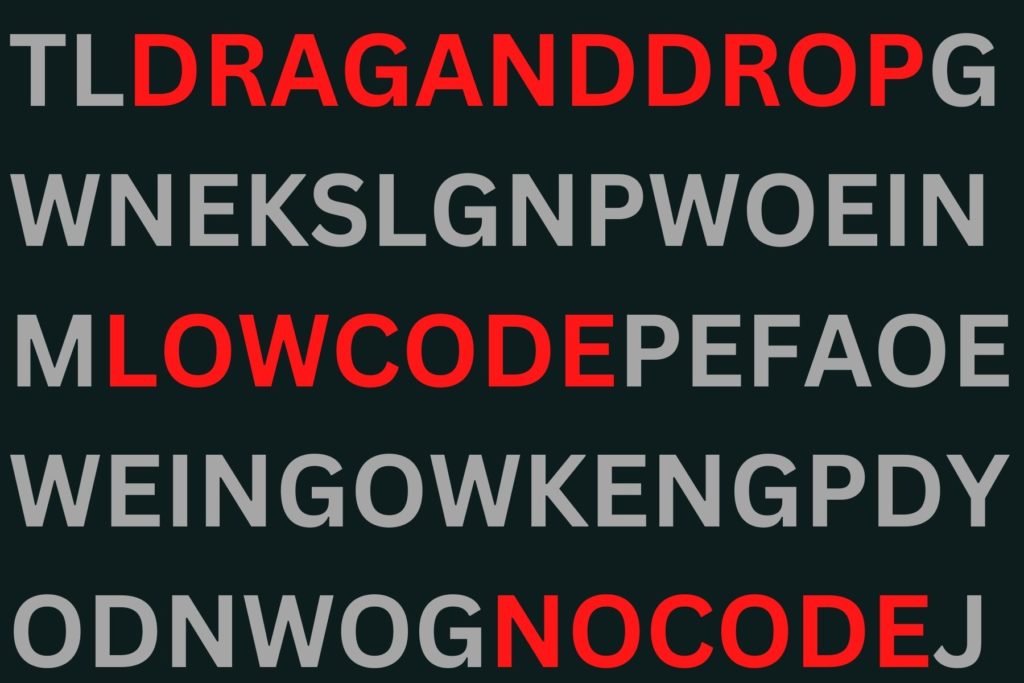
In a recent Revenue Generator Podcast, Indus Khaitan, CEO of Quolum, shared that in 2020, average SaaS spend per employee for high-growth startups was $8,000 to $9,000. For 2023, Khaitan predicts a $6,000 to $7,000 SaaS spend per employee.
Trend #2 – Buyers Want No-Code or Low-Code Software
Combine a shortage of technical workers with increased pressure for automation and efficiency and it’s no surprise that low-code/no-code (LCNC) is slated to be the next big trend in software.
More and more companies are moving away from complex build outs that require advanced coding skills. Not only is it expensive to solve every automation problem with an engineer, it takes more time.
LCNC development platforms allow users to build complex workflows quickly and efficiently while focusing more on creating solutions. Companies would rather not hire engineers when a RevOps or Sales Ops person can build LCNC automation and integrations that are easier to maintain and to explain to stakeholders.
In fact, CEO Evan Liang founded LeanData’s no-code platform based on his experiences working in technology as a VP of Product. LeanData customers often cite a common desire to replace custom code with no-code automation.
Shopify, winner of the OpsStars 2022 Buyer Experience Award, was able to save 5.8 hours of manual process work per customer upgrade as a result of using no-code automation. Sabrina Lobo, Shopify’s Marketing Technology Specialist, said “Being a no-code platform, LeanData made it easy for us to make changes to our rules and flows and make improvements.”
G2’s 2022 Software Buyer Behavior Report identifies “ease of use” as one of the top three most important considerations when making a software purchase, well above pricing. For ease of use, LCNC software is the obvious winner.
Trend #3 – Buying Journey Occurs Outside of SaaS Websites
As today’s digital buyer journey favors buyers over sellers, this trend will continue in 2023 as more and more research will happen outside of a SaaS vendor’s website. Whether it’s LinkedIn posts, peer review sites, or Slack communities, the opinions of independent experts and peers are valued more when buying software.
Plus, with increased access to information, evaluation and comparison, buyers complete the majority of the buying process before engaging with the vendor. New startups like Testbox eliminate the vendor altogether, allowing buyers to demo and compare software without ever speaking to a sales rep.
Even where the purchase takes place is changing. G2’s Buyer Behavior Report cites that while 60 percent of buyers prefer to buy software from a vendor, that number is steadily decreasing each year, with 28 percent purchasing from a third-party marketplace, and 11 percent buying from value-added resellers.
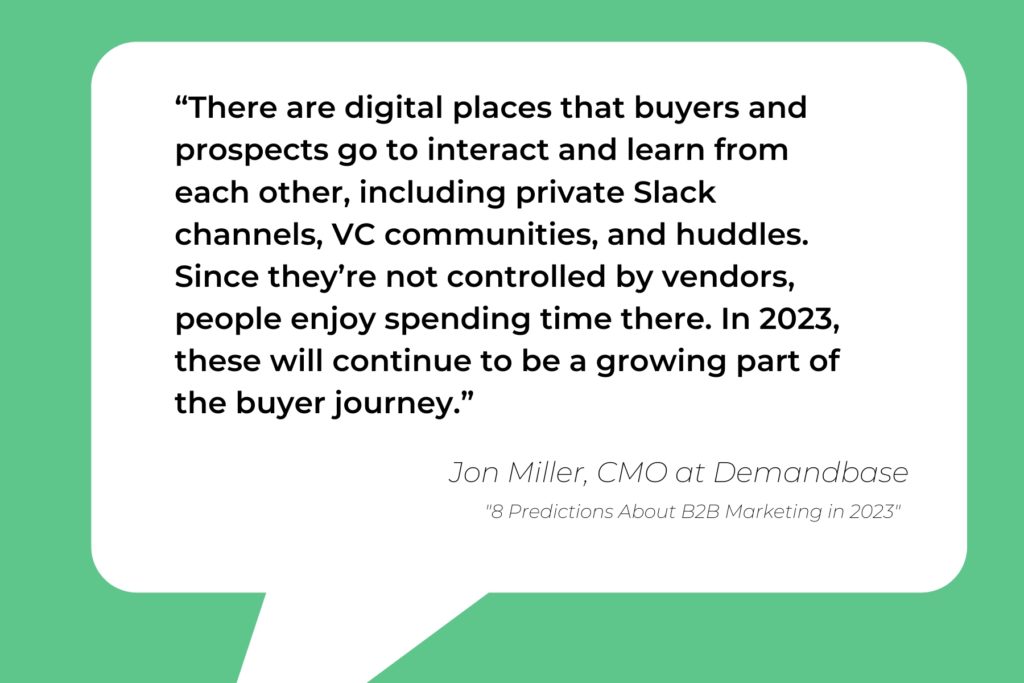
In 2023, SaaS buyers will continue to self-serve part, if not all, of the buyer journey.
The Sky is Not Falling
The good news is, the sky is not falling, but selling software is not going to be easy either. The general feeling among industry predictors is in 2023, the primary focus for organizations will be on efficiency and automation at all business levels.
In a recent SaaS Revolution Show podcast, G2’s CEO Godard Abel reported that their company is anticipating a six-quarter downturn with predictions for upward movement in 2024.
So when the storm cloud rolls in, how do you adapt? Abel recommends these five tips:
#1 Be authentic: face your fears with your team.
#2 Don’t panic: take one step at a time towards your peak goals.
#3 Focus on efficiency: get more productivity out of the people you have.
#4 Adapt quickly.
#5 Always sell your vision and keep innovating.
Good advice from a 25-year industry veteran.






